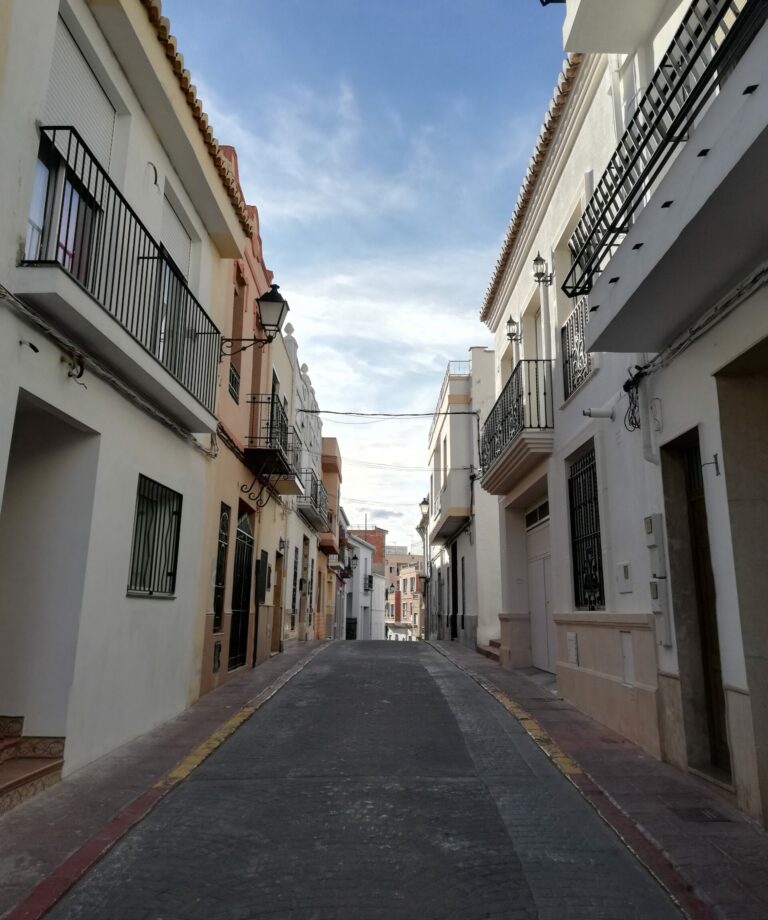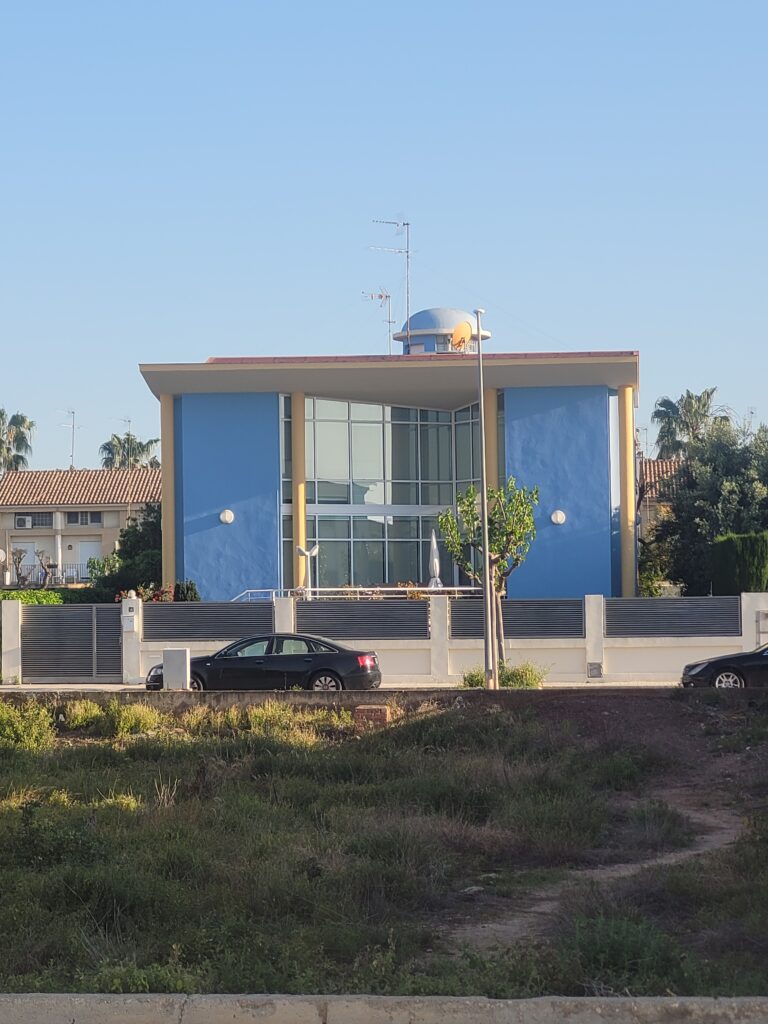Kiinteistökupla
Asumattomien asuntojen määrä on kasvanut 24 % viimeisen kahden vuosikymmenen aikana huolimatta siitä, että kokonaismäärä on pysynyt suhteellisen vakiona. 3,8 miljoonaa vuonna 2021 (tilastolaitoksen viimeisimmät tiedot) edustaa 14,4 prosenttia koko asuntokannasta. Tämä ongelma on maailmanlaajuinen ja siihen on selkeät syyt. Asuntomarkkinoilla ei ole täydellistä yhtälöä kysynnän ja tarjonnan välillä, ja siksi tyhjiä asuntoja tulee aina olemaan tietty määrä.
2000-luvun talouslama
Yksi selkeä syy on kaupunkien ja tyhjentyneen maaseudun välillä on polarisaatio. Tyhjien talojen määrät ovat merkittäviä kaikissa Välimeren rannikon maakunnissa. Tämä on tulos talouslamasta, jonka Espanja koki 2000-luvun ensimmäisellä vuosikymmenellä. Asuntojen hinnat riistäytyivät käsistä 2000-luvulla koko Espanjassa. Rakennusbuumin aikana rakennettiin joka puolelle maanisesti. Asuntobuumi alkoi puhkeamaan jo vuoden 2005 loppupuolella ja kriisiytyi totaalisesti vuonna 2006. Vuonna 2007 Espanjassa alettiin kokea laman merkkejä, kunnes kansainvälinen finanssikriisikin vielä rysähti niskaan. Suurin osa asunnoista myytiin suurimman buumin aikana eli 2000-2006 välillä, jolloin hinnat olivat karanneet käsistä ja useimmiten talonsa menettäneen velka kiinteistöstä oli edelleen suurempi kuin kiinteistön silloinen markkina-arvo. Tällöin asunnot siirtyivät valtion omistamalle ns.roskapankille, jonka saamia asuntoja seisoo edelleen tyhjinä. Tässä kohtaa ymmärrän hyvin asunnonvaltaajia, sillä ymmärtääkseni näitä roskapankin omistuksessa olevia asuntoja ei edes haluta vuokrata, vaikka valtaaja olisi halukas maksamaan, vaan asunnot halutaan myydä eniten tarjoaville. Suomalaisetkin ovat ostaneet roskapankilta halpoja kerrostaloasuntoja 20-30 000 eurolla, kunnostaneet ne ja laittaneet ne vuokralle. Miksi Espanja ei tee vastaavaa, kun kerran maassa on suuri tarve edullisista vuokra-asunnoista?
Vanhentunut kiinteistökanta
Toinen merkittävä syy, joka selittää tyhjien asuntojen olemassaolon, on kiinteistökuplan aikana rakennetun tarjonnan vanheneminen. Mutta väestökato tai kiinteistöjen houkuttelevuuden puute eivät ole ainoita ongelmia tyhjien asuntojen kohdalla. Vuonna 2008 puhjenneen kiinteistökuplan ja sitä seuranneen pitkän taantuman seurauksena monet tyhjistä taloista ovat uppoamassa monimutkaisiin oikeusprosesseihin, kuten asuntojen valtaamiseen. Nykyään laki velvoittaa, että asunnoissa on oltava tietyt asumis-standardit, joten kysymys kuuluu, että kenellä on rahaa ja halua aloittaa huonokuntoisten talojen päivittäminen ajanmukaisiksi. Kerrostalojen remontointi on selkeä remonttikohde, mutta omakotitalot tai rivitalot ovat jo paljon haastavampia, sillä on huomioitava kaikki ulkopinnat ja talon perustukset. Ei silloin aikoinaan mietitty energiatehokkuutta tai ympäristöasioita.
Kiinteistöbuumi
Kiinteistöbuumin vuosina pankit tyrkyttivät isoja asuntolainoja. Yhdysvaltain prime-luottojen tapaan Espanjassakin pienituloisille jaettiin täysimääräisiä jättilainoja. Takaajaksi kelpasi kuka tahansa. Maassa vallitsi suurtyöttömyys ja asuntojen arvot romahtivat. Samalla pankkien kiinteistötappiot paisuivat. Valtion velka kasvoi yli sata miljardia ja Espanjan markkinakorot nousivat kuuteen prosenttiin.
1990-luvun lama Suomessa
Olihan Suomessakin 1990-luvulla lama, jolloin puhkesi kiinteistökupla, pankkiriisi ja muita valtiontalouden ongelmia. Tällöin korkotaso nousi 8,5%, 13,5% ja jopa 20 prosenttiin. Suomen Pankin mukaan suomalaisten velkaantumisaste on vuoden 2000 jälkeen kaksinkertaistunut. Lainamäärät ovat tosi suuria ja maksuajat pitkät, joten korkojen nousu riipaisee. Keväällä espanjalaiset lehdet kirjoittivat, että kiinteistökupla iskemässä Suomeen, mutta meidän lehdistö oli kovin hiljaa. Tuntuu edelleen, että asiaa ei myönnetä ja se pitää asuntokaupan alhaalla. Luin pari päivää eräästä lehdestä, että se on melkein loukkaus myyjää kohtaa, jos tekee tarjouksen, jossa ostohinta on 5-10% alle pyydetyn hinnan. Jos kerran asunto ei mene kaupaksi ja ollut jo pidempää markkinoilla, niin silloin se ns.happanee ja sen mahdollisuudet saada myytyä haluttuun hintaan, selkeästi heikkenevät. Totta kai aina kannattaa tehdä tarjous ja mielestäni 10% ei tällöin todellakaan ole mikään loukkaus. Realiteetit, nykyinen taloustilanne pitää huomioida, jos haluaa myydä asunnon. Teimme eilen melko rohkean tarjouksen, sillä asunnon omista itse ehdotti sitä meille. Tänä aamuna tarjouksemme hyväksyttiin ja olemme uuden asunnon omistajia!







